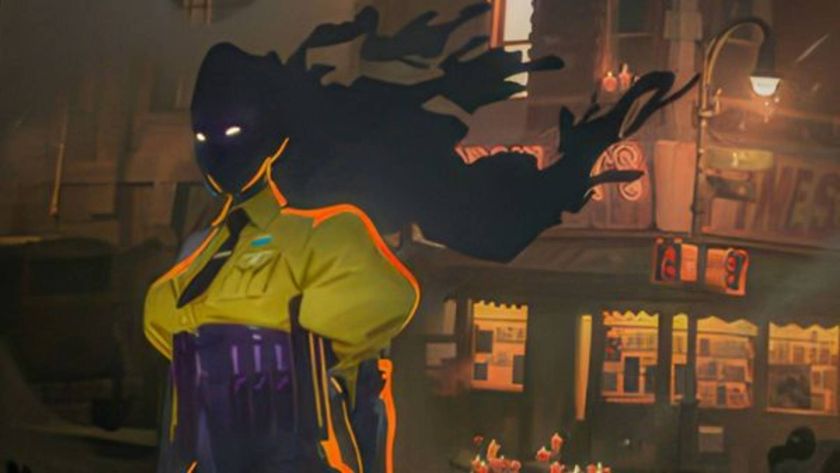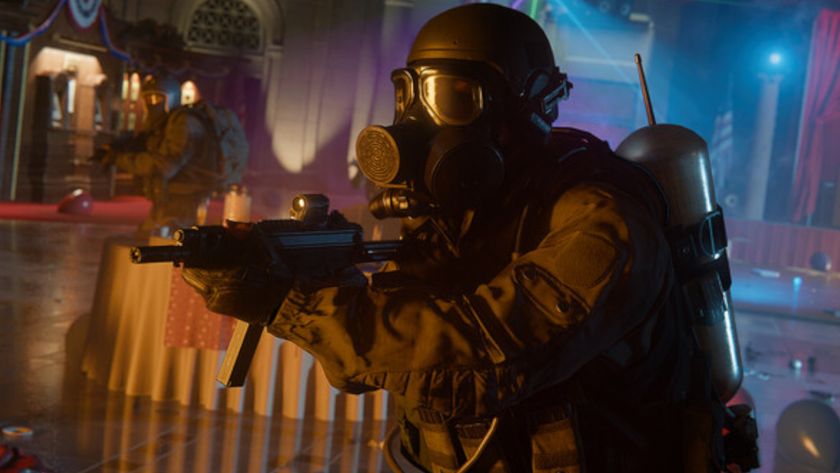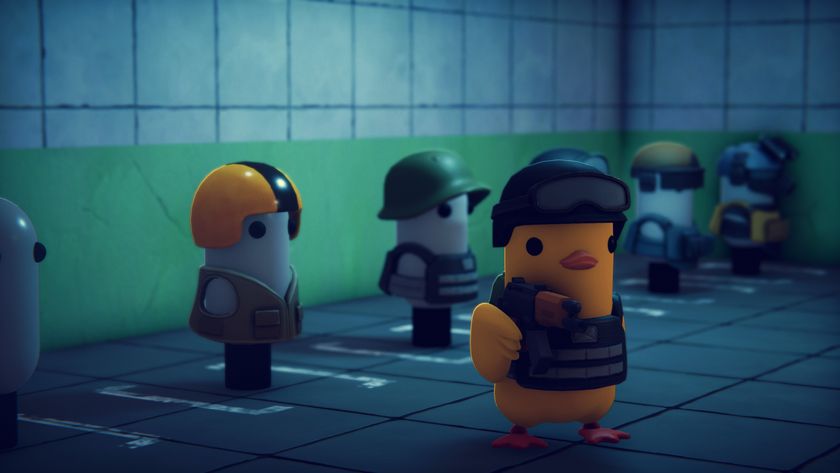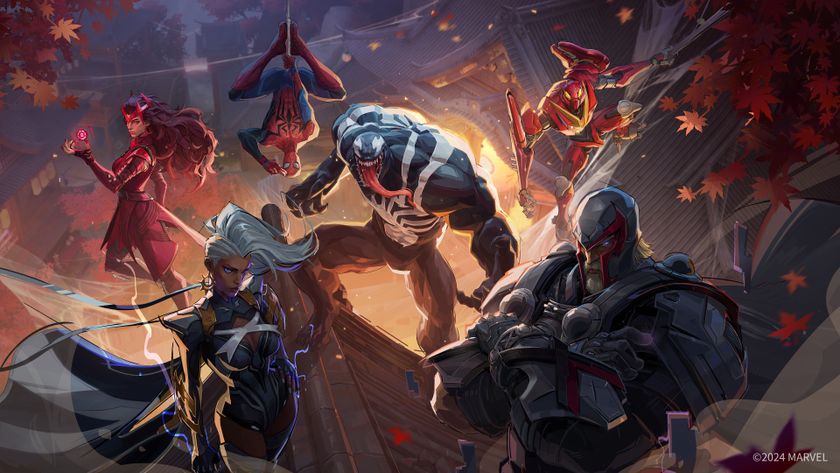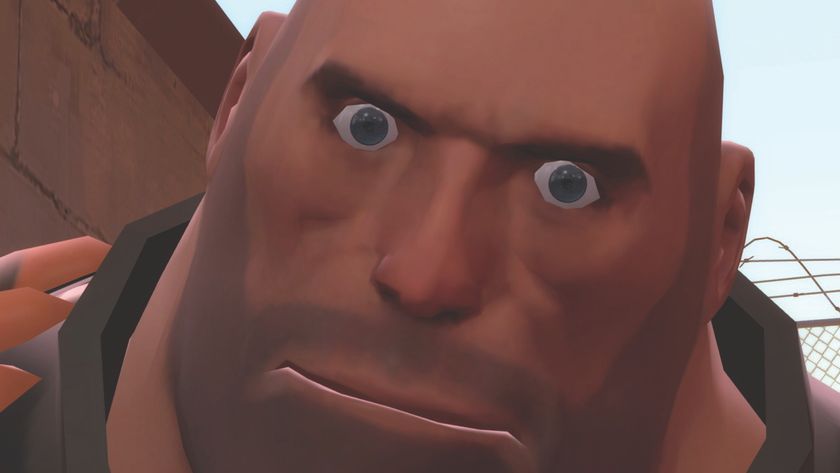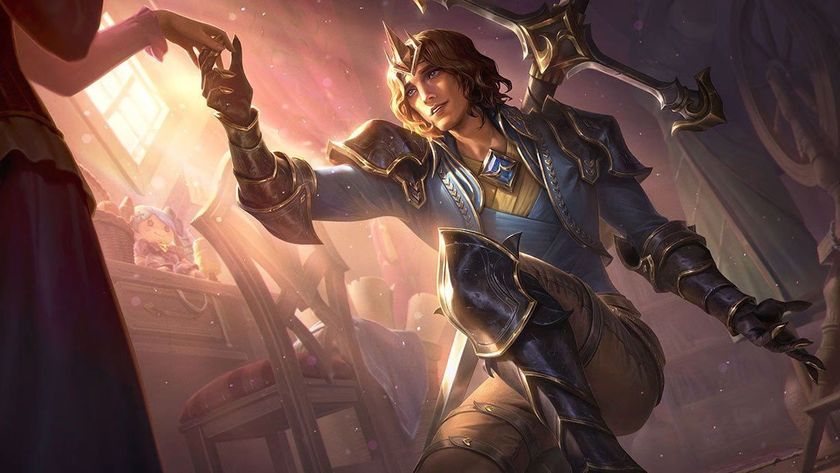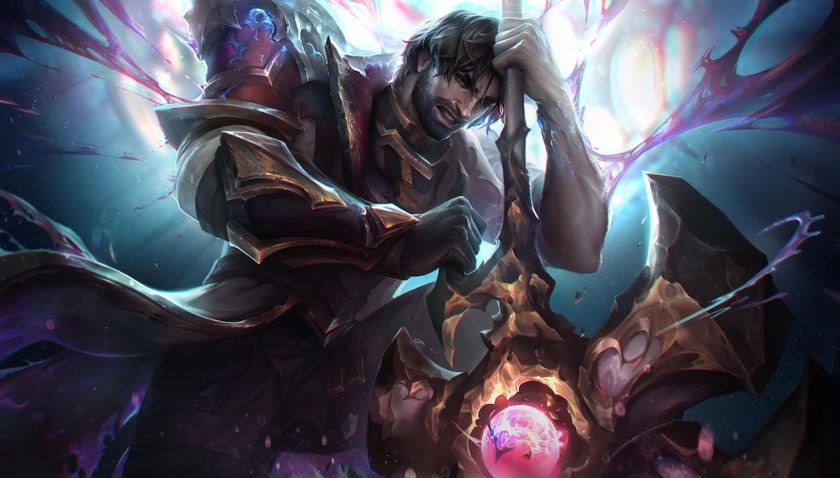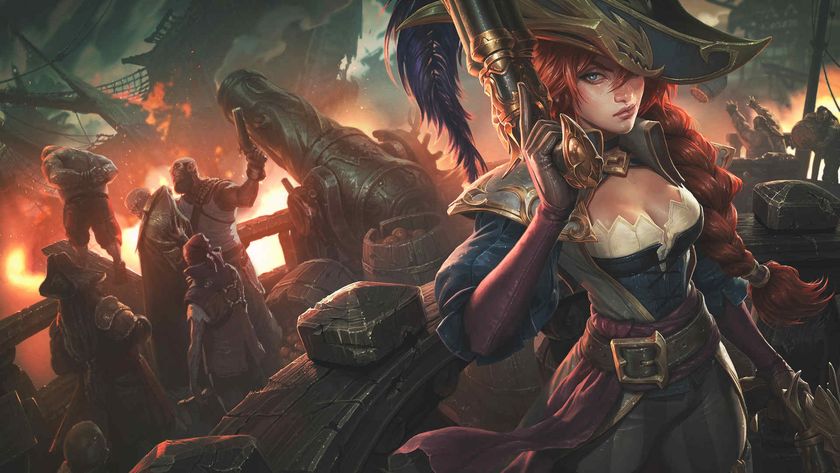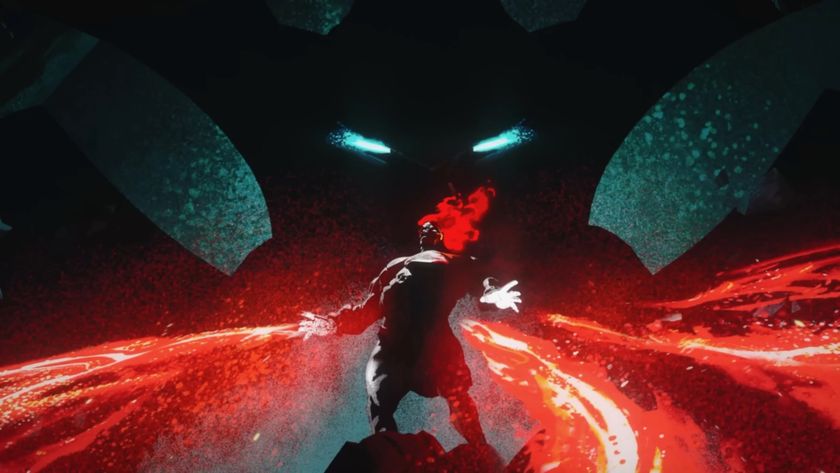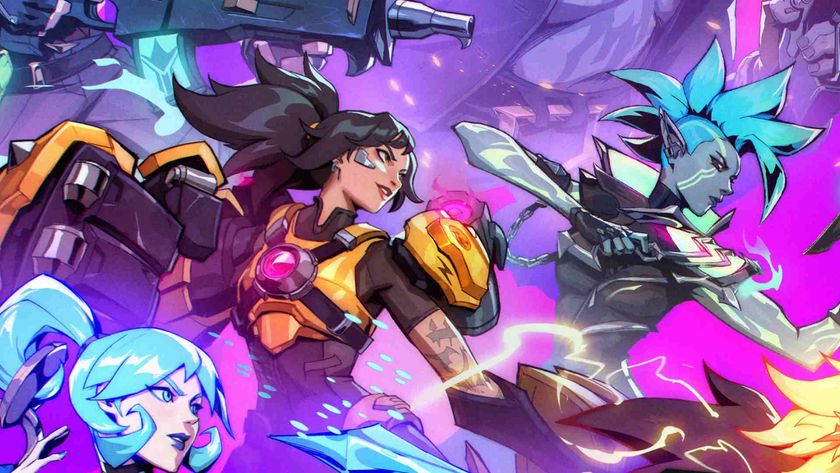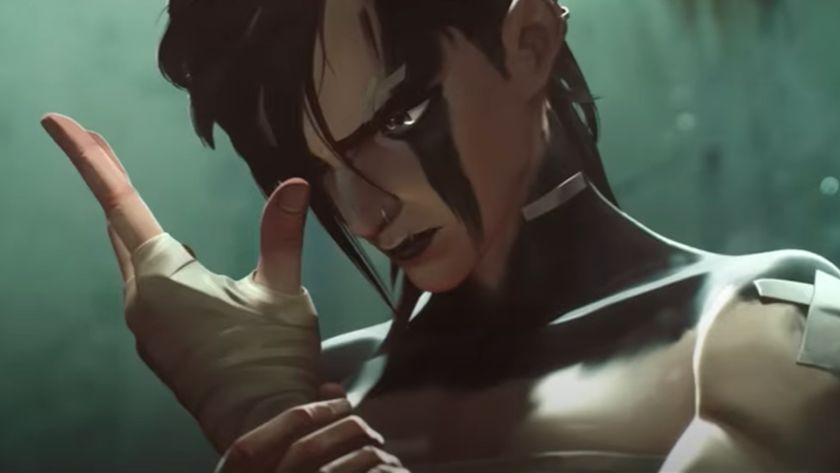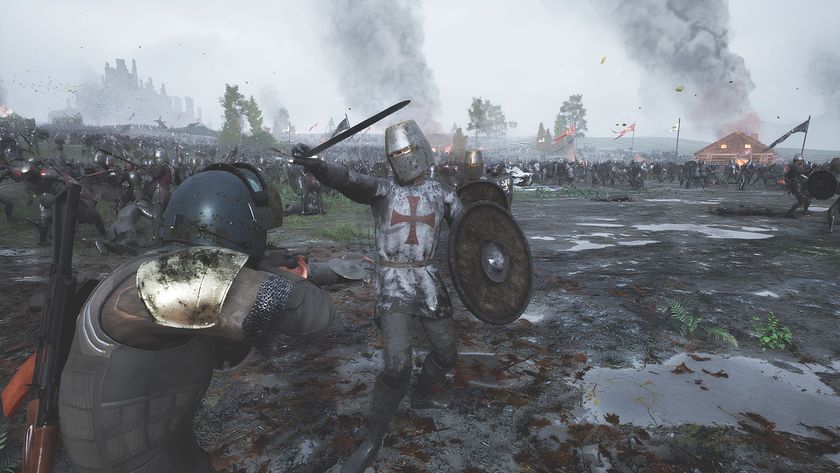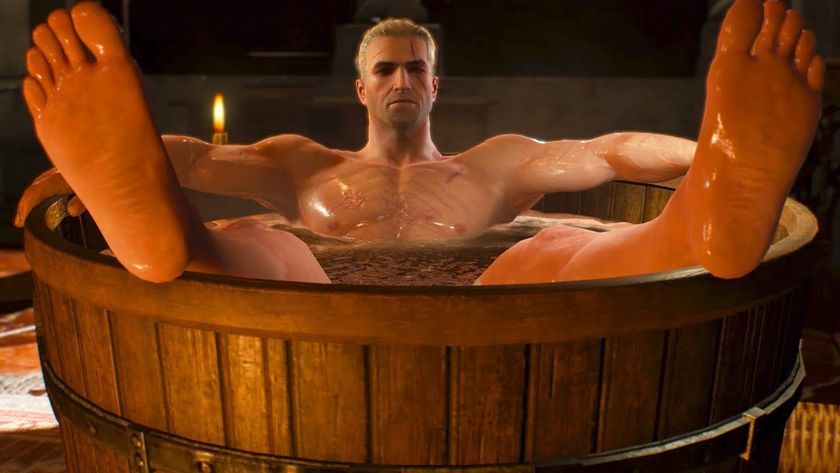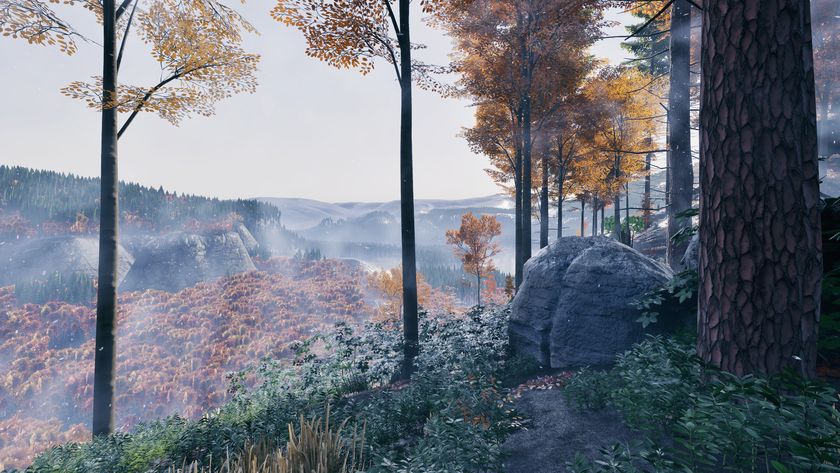Deadlock does what Valve didn't get around to with Counter-Strike, turning the hero shooter's cheaters into frogs
Ribbit, ribbit
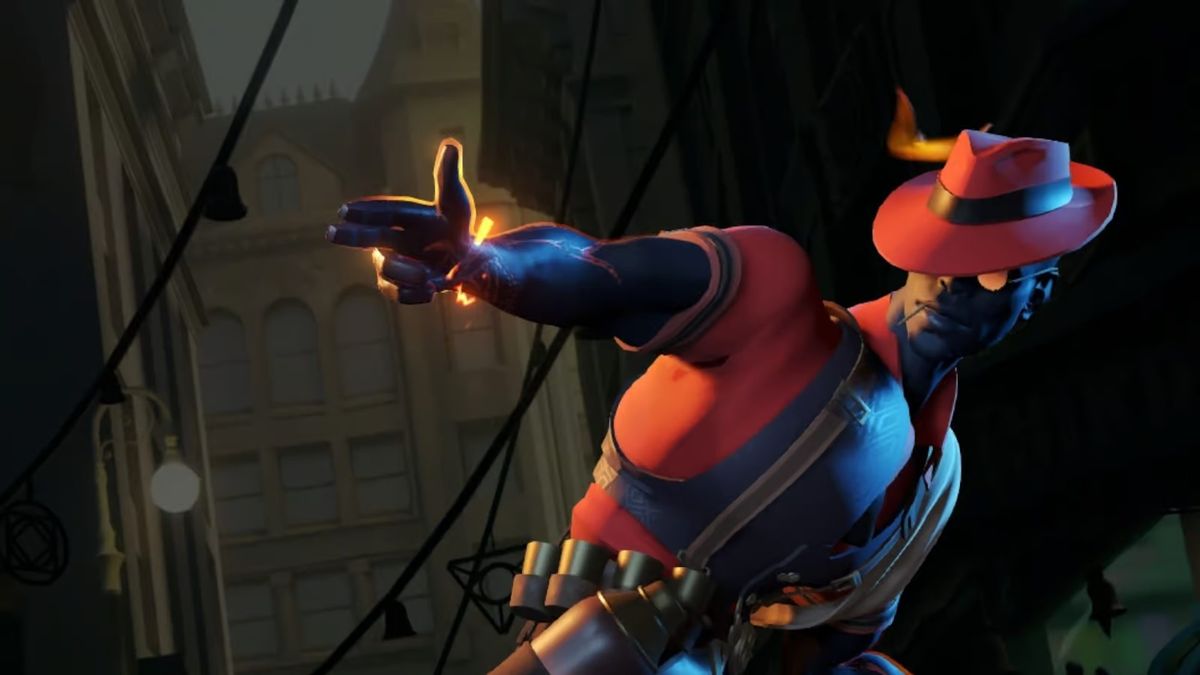
A new Deadlock update has arrived, and its approach to anti-cheat measures is one-of-a-kind - the shooter will now let players choose to turn any cheater into a literal frog.
Thanks to its "anti-cheat detection system," Deadlock leaves every cheater's fate in opposing players' hands. If someone dares to cheat, opponents will be given two options - they can either instantly ban the guilty player, or they can opt for something far funnier. They can turn them into a frog for the remainder of the match. Right now, Valve says the system is just "set to conservative detection levels."
This is what cheaters will look like if you turn them into a frog using the new anti-cheat pic.twitter.com/ECVx7uQAudSeptember 26, 2024
The team is still working on "a v2 anti-cheat system that is more extensive," but fans love it already - as do Valve veterans themselves. Speaking in a post on Deadlock's unique anti-cheat measures, former Counter-Strike: Global Offensive developer Burton Johnsey reveals that the company's older iconic shooter almost featured a similar system. "Holy crap, they finally built codename 'FU Surprise Mode'?!"
- Deadlock updates will be "a little bit more spaced out" so Valve can "improve our development process," but you can expect bigger major patches when they arrive
- Fortnite is now giving cheaters "second chances" with 1-year bans that allow you to use the battle royale like it's Discord and do absolutely nothing else until you're freed from the void
Holy crap, they finally built codename “FU Surprise Mode”?! When I worked on VAC, Rich and I designed this for CS but the cheater was a chicken. https://t.co/Q6BKGTCZwjSeptember 27, 2024
He continues: "When I worked on VAC, Rich and I designed this for CS but the cheater was a chicken." That's right, CS stans - the community could've had anti-cheat chickens. While it probably won't happen in Counter-Strike 2, Deadlock at least has frogs. They aren't the only thing to come to Valve's hero shooter with its recent update, either - new hero Mirage has arrived as have various smaller changes.
Sign up to the 12DOVE Newsletter
Weekly digests, tales from the communities you love, and more

After spending years with her head in various fantastical realms' clouds, Anna studied English Literature and then Medieval History at the University of Edinburgh, going on to specialize in narrative design and video game journalism as a writer. She has written for various publications since her postgraduate studies, including Dexerto, Fanbyte, GameSpot, IGN, PCGamesN, and more. When she's not frantically trying to form words into coherent sentences, she's probably daydreaming about becoming a fairy druid and befriending every animal or she's spending a thousand (more) hours traversing the Underdark in Baldur's Gate 3. If you spot her away from her PC, you'll always find Anna with a fantasy book, a handheld video game console of some sort, and a Tamagotchi or two on hand.
